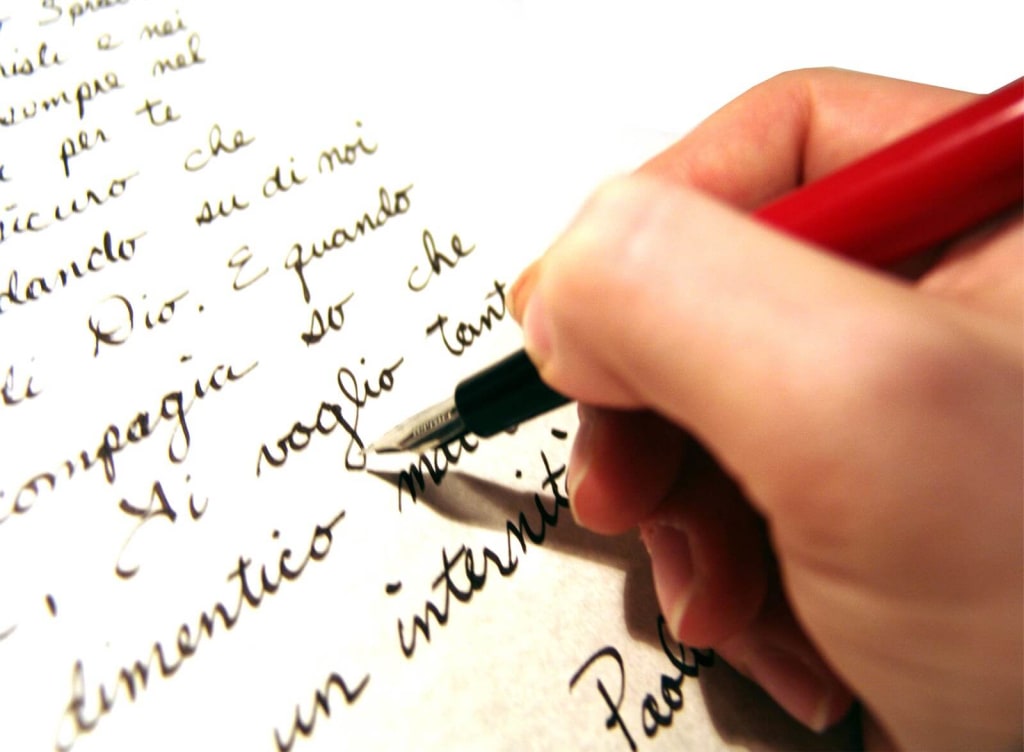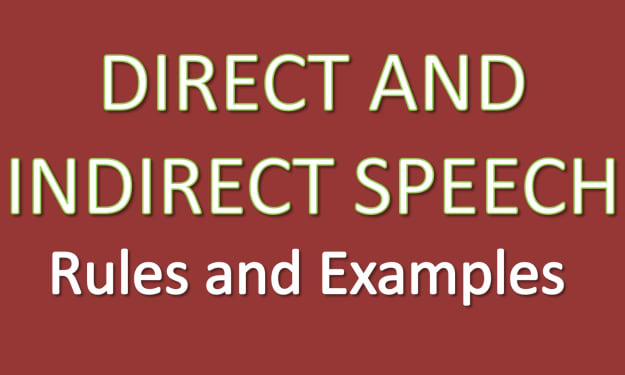
In order to become an excellent English writer, it's very important to have the structure in place if you want to write a good essay. Firstly, you are going to want to make sure that you start with a beginning paragraph known as the 'introduction.' With the introduction paragraph, you're going to set the tone in terms of telling the audience what the topic of your essay is along with some supporting sentences discussing the topic(s) that are going to be covered later in the body paragraph(s). Your introduction paragraph should be between three to four sentences total and you should also have a thesis sentence laying out the main purpose of your essay and what you hope to get across to the audience.
After completing the introduction, you should make sure to have a body paragraph or a few body paragraphs next where you can discuss the main topic in more detail depending upon how many paragraphs you need to express your point of view or opinion.
For example, if you're discussing the weighty topic of climate change, you'll need a couple of paragraphs in the body section of the essay to discuss why it's an issue, what can be done about it, and how should people work together to reduce the effects of climate change. For this particular example, you're going to want to have three body paragraphs total which should be between 4 - 6 sentences total. In these body paragraphs (s), you need to make sure you're giving examples, statistics, or evidence to support the claims and/or ideas that you brought up in your introduction paragraph. The body paragraph(s) are the meat of your essay or article so make sure that it's convincing, detailed, and engaging to your audience.
Lastly, you will need to finish up your essay or article with a 'conclusion' or concluding paragraph. The conclusion is similar to the introduction in that it is only going to be 3 - 4 sentences total. For this paragraph, you are going to sum up the main points or arguments again that you want the readers of the essay to take from what you wrote. You'll want to restate your thesis from the beginning paragraph and make sure to leave your reader wanting more information about the topic that you just addressed. It's important that you follow the introduction + body paragraph(s) + conclusion structure in order to have a truly great essay. The structure and formatting of an essay is really important so you have to make sure that it becomes a personal habit for yourself whenever you're writing in English.
An overlooked part to writing a good essay is the fact that you'll need to back up your main ideas with real examples. These examples can be more scientific or research-based in nature or they can be based off of your own personal experiences and background depending on what kind of essay you are writing. If it is an academic, scientific, or evidence-based essay, you'll need to use outside sources that are legitimate and directly related to the main ideas you're reiterating in each paragraph.
For an academic essay or paper, you should not be using your own opinions or personal experiences to count as doing research. When it comes to this kind of writing, you need to find research that is evidence-based, that has been backed up by more than one source, and is able to be cited in either the footnotes or the endnotes of your essay. The examples needed for this kind of essay should be not your own but rather those of other authors in your field who came to a similar kind of conclusion based on their research. You can use their quotations to cite the work that they've done and use their findings to supplement your ideas while adding validity to your essay's argument.
When it comes to a persuasive or opinionated essay, you won't have to do as much scientific or academic research, but you'll still have to use your own experiences and personal background to add to your essay. Also, there should sometimes be an added effect in these essays where you can use the experiences of other people to back up your main ideas and thesis statements. Your own background and experiences could be useful in developing one body paragraph but another body paragraph or two could be supplemented by those experiences of other people whether they are historical figures or friends and family of yours.
Your research and outside examples should always be cited in the correct manner whether that is a quotation, a footnote, an endnote, etc. There are many different citation styles that can be used for various types of essays but do choose the one that feels most comfortable for you to implement successfully. Whether its Chicago / Turabian style being used for Business and History writing, MLA (Modern Language Association) style being used for the Humanities, or APA (American Psychological Association) style being used for Education and the Sciences, please choose one of the above citation styles that would fit best for your essay.
The main point to keep in mind is to always cite your research/findings in some way if it is not your own. You should always be careful in avoiding plagiarism or taking from another person's work without carefully citing their examples. Depending on the type of essay you are writing, you may also be able to use your own experiences, research, and background to make your writing stand out more to the audience. Without any evidence, examples, or research to support your thesis statement and/or main ideas, your essay won't nearly be as complete or as appealing to the reader.
It's necessary to re-state the fact that in order for an essay to be truly complete, the basic structure of an essay needs to be in place in order for the reader to get the most out of it. There is no substitution in the English form of writing for the introduction + body paragraph(s) + conclusion format.
However, once you have the essay structure down, it's important to be able to brainstorm the main idea of each paragraph followed up two or three key supporting ideas for that paragraph using evidence and/or examples to back up your main idea. Whether it is a research article, an argumentative essay, or a persuasive essay, it's key to remember that each paragraph especially the introduction and the body paragraph(s) should highlight the main idea and the supporting ideas. When it comes to the conclusion paragraph, you are basically going to re-state the main idea that you introduced in the opening paragraph while citing your supporting ideas once more to leave the reader with.
The introduction paragraph is used to 'introduce' your main idea followed by a brief tidbit about what your supporting ideas are going to entail. Depending upon how many body paragraphs (s) you have planned, each supporting idea should be expanded upon in a separate body paragraph where the research and the evidence are cited through facts and details given. In the body paragraph(s), you can rehash what your main idea is but you should not give it too much of your attention. Listed below, I have detailed how the structure of each paragraph should play out along with an example of what the main idea would be along with three supporting ideas for an example essay topic.
Introduction: Tell the audience what the main idea of the essay is along with an introduction to each of the three supporting ideas to be highlighted in the body paragraphs.
Body: Paragraph #1 - Supporting Idea #1 with the main idea briefly discussed (evidence/research needed)
Paragraph #2 - Supporting Idea #2 with the main idea briefly discussed (evidence/research needed)
Paragraph #3 - Supporting Idea #3 with the main idea briefly discussed (evidence/research needed)
Conclusion: Re-state the main idea of your essay while discussing briefly your supporting ideas and why they should matter to the audience. No more evidence or research should be introduced into the concluding paragraph.
Example Essay Topic
Main Idea: There is too much plastic in the oceans.
Supporting Idea #1: Many sea mammals have been harmed or even killed by the plastic in the oceans.
Supporting Idea #2: The plastic in the oceans is contaminating our food and even our desalinization of water efforts.
Supporting Idea #3: The plastic is disrupting our oceanic ecosystems and causing coral reefs to be permanently damaged.
Whatever essay topic you choose to focus on, remember to make sure that you clearly have the main idea and at least two or even three supporting ideas to make the essay flow better whether it is persuasive, academic, or research-based in nature. Writing a good essay is not an easy task but if you’re willing to create an outline with your main and supporting ideas written down, you’ll be off to a good start.
In addition, good punctuation and grammar will help your essay flow better allowing the reader to easily understand and grasp the ideas you are writing about. As the saying goes, "practice makes perfect" so make sure to practice writing about different topics often and to use peer reviewing and proofreading to fix your mistakes and learn from them.
About the Creator
Ben W
Ben helps students from around the world to improve their English language skills. Ben enjoys traveling around the world, developing his writing abilities, and reading good books.






Comments (1)
Excellent Post! Really I am very delighted to read these useful essay-writing tips for beginners. I am passionate about writing short stories or essays and books. Currently, I am studying English Literature. Sometimes I am getting some writing help from Edubirdie, Interested people can check their service review here- https://www.aresearchguide.com/edubirdie-review.html which helps you get high-quality academic writing support from their top-notch writers. Today I have also learned some great techniques to write a perfect essay on various topics. So I much appreciated the author for this useful article for students.